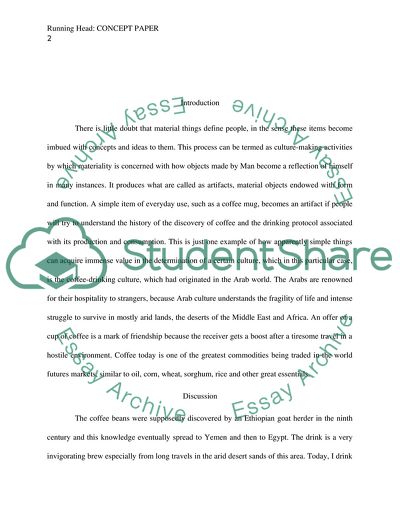Cite this document
(Collection of Coffee Cups and Movements in Consumer Culture Essay Example | Topics and Well Written Essays - 1500 words, n.d.)
Collection of Coffee Cups and Movements in Consumer Culture Essay Example | Topics and Well Written Essays - 1500 words. https://studentshare.org/culture/1783154-material-worldsconcept-paper
Collection of Coffee Cups and Movements in Consumer Culture Essay Example | Topics and Well Written Essays - 1500 words. https://studentshare.org/culture/1783154-material-worldsconcept-paper
(Collection of Coffee Cups and Movements in Consumer Culture Essay Example | Topics and Well Written Essays - 1500 Words)
Collection of Coffee Cups and Movements in Consumer Culture Essay Example | Topics and Well Written Essays - 1500 Words. https://studentshare.org/culture/1783154-material-worldsconcept-paper.
Collection of Coffee Cups and Movements in Consumer Culture Essay Example | Topics and Well Written Essays - 1500 Words. https://studentshare.org/culture/1783154-material-worldsconcept-paper.
“Collection of Coffee Cups and Movements in Consumer Culture Essay Example | Topics and Well Written Essays - 1500 Words”. https://studentshare.org/culture/1783154-material-worldsconcept-paper.


